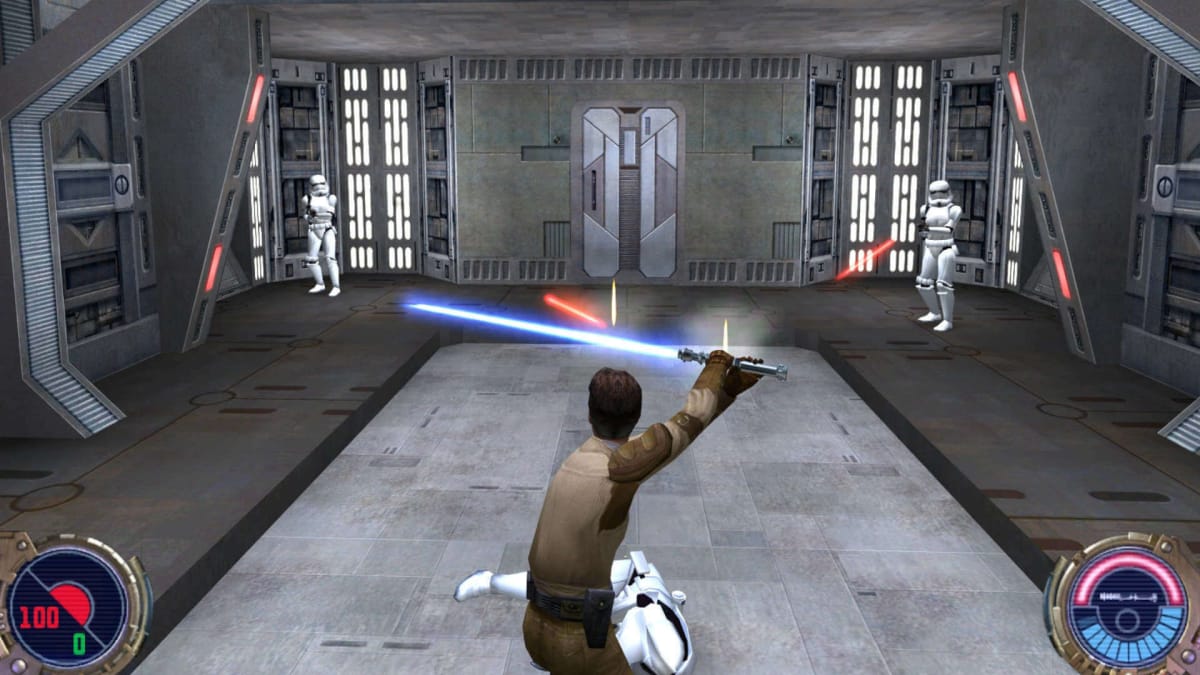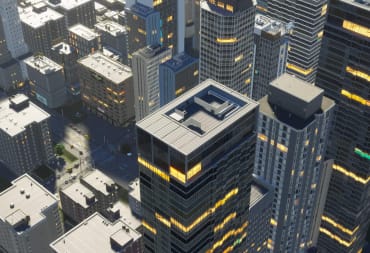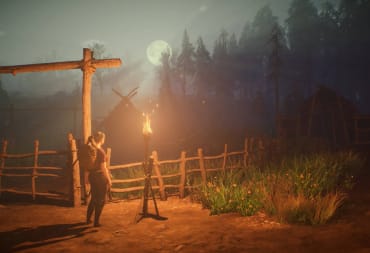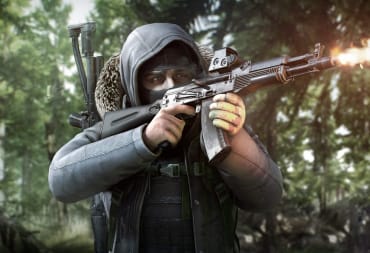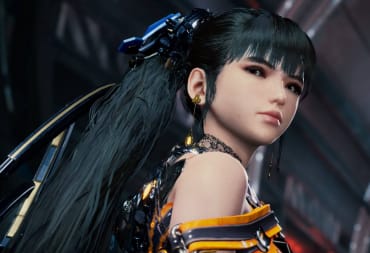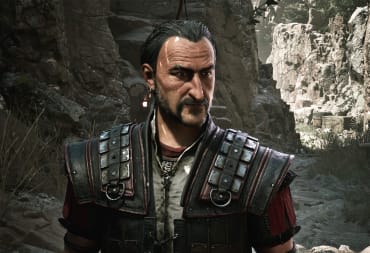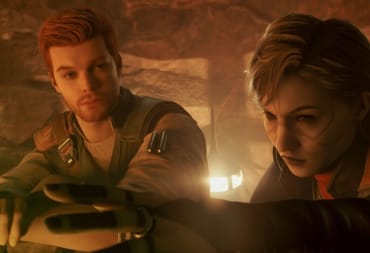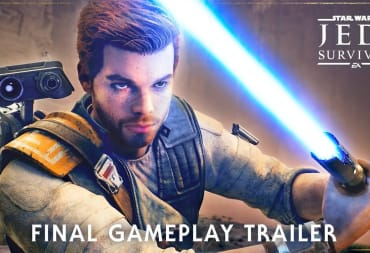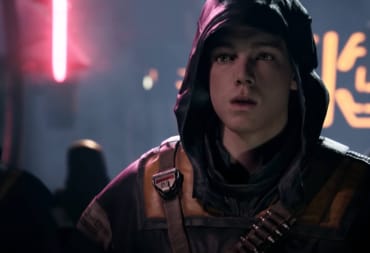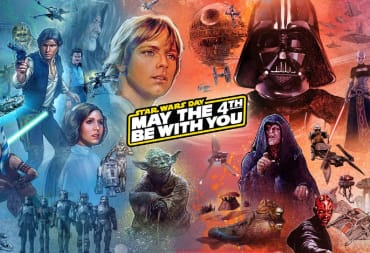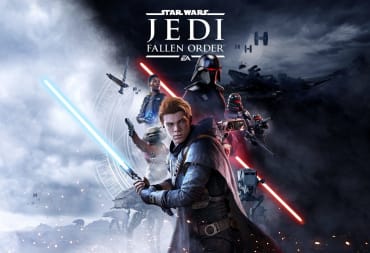For a franchise that prides itself on the quote, "A Jedi uses the Force for knowledge and defense, never for attack," Star Wars and Star Wars fans certainly love using a lightsaber to cut things in two. Since the inception of the franchise, we’ve seen adaptation after adaptation, interpretation upon interpretation ranging from genres such as 2D side-scrollers to RPGs. Yet in my eyes, it’s only recently that Star Wars games managed to perfect that lightsaber combat system, and it’s one that took a long time to make great.
The very first Star Wars game, Star Wars: The Empire Strikes Back, released back in 1982 and was an adaptation of the scene in Empire in which Luke takes down an AT-AT. It acts as an extremely basic side-scroller and plays quite similar to a game like Gradius or R-Type. The game features no hand-to-hand combat, no on-foot combat, and crucially, no lightsaber combat. Indeed, it wasn’t until Super Star Wars in November 1992 that we got our first glimpse at the sheer potential of Star Wars video games. Once old Ben Kenobi (or Obi-Wan Kenobi, to us who know him) meets his defeat at the hand of Darth Vader, Luke can choose to wield the lightsaber that he drops, swapping out his blaster for a weapon from a more civilized age. It’s here that the very first lightsaber combat in a Star Wars game makes an appearance.
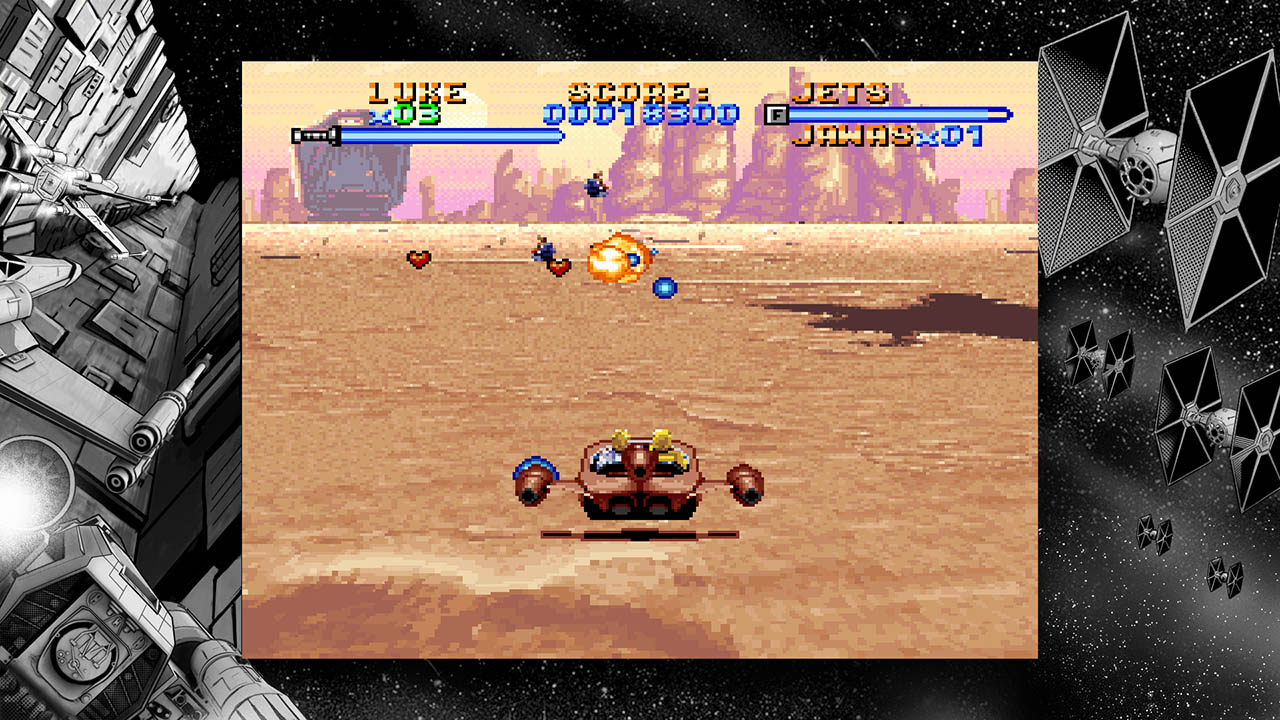
It wasn't until 2003 that we'd see a massive jump in lightsaber combat. Star Wars: Knights Of The Old Republic is easily one of the most remembered Star Wars games ever, a game that put developer BioWare on the map and inadvertently led to the Mass Effect series. It takes place 4,000 years before the formation of the Galactic Empire and allows the player to etch out their own path in the world and decide what type of person they want to be. The combat revolves around a turn-based system similar to older Final Fantasy games, meaning that you might not get the hands-on feel of a lightsaber clashing blade to blade, but you still get that rush, the understanding that the weapon you’re using is an incredibly deadly piece of technology that opposes even the strongest of warriors in this faraway galaxy. There’s a reason that the game had fans calling out for a remake for years, and with one announced back in September 2021 as a game that will reportedly move away from the turn-based system, there’s hope that a remake could keep the brilliantly crafted story yet take what made games such as Star Wars Jedi: Fallen Order so great into consideration. Of course, 2003 wasn’t only notable for one Star Wars game...
Star Wars Jedi Knight: Jedi Academy features insane amounts of customization in your fighting style. Once you get a lightsaber, you’re able to customize your hilt and your saber color, and then you’re able to choose between three different fighting styles for your character. Kyle Katarn can, similar to certain other games on this list, choose between harnessing the powers of the dark side and the light side, meaning whichever style you settle on should realistically play into your decision. You’re even able to wield a double-ended lightsaber similar to Darth Maul’s, and you truly feel every single clash of your blade. It’s due to how in-depth the lightsaber combat is and the fact that you have to be extremely strategic about your moves that it’s still to this day, a full 19 years later, regarded as having some of the best lightsaber combat in a Star Wars game.
Star Wars: Battlefront II (2005) might remain one of the best Star Wars games of all time, and truly it deserves that title. It gives players the opportunity to live out their fantasy of engaging in huge battles across the galaxy and being a part of a Star Wars army. The game is also notable for allowing players to play as Heroes and Villains such as Count Dooku, Darth Maul, Darth Sidious, Darth Vader, Obi-Wan Kenobi, Yoda, Chewbacca, and Luke Skywalker, which is something that Star Wars: Battlefront (2004) didn't allow you to do. It’s a fun element, but one that is wholly undeveloped, especially when directly compared to what came later and what came just before. Sure, Star Wars: Battlefront II isn’t an RPG like Knights of the Old Republic, nor is it a third-person action-adventure game like Star Wars Jedi: Fallen Order, but the lightsaber combat just feels wrong to a certain degree. There’s no impact to any of your swings, you don’t feel like you’re using a lethal blade capable of cutting through enemies, and due to technological limitations, you also can’t use your lightsaber in one-on-one duels between Heroes and Villains, instead just swinging wildly at your opponent and praying to a Bantha that it actually makes contact. Battlefront II (2005) might have served as one of the most fun experiences of my childhood, but it falls short when looking at the lightsaber combat represented within the game.
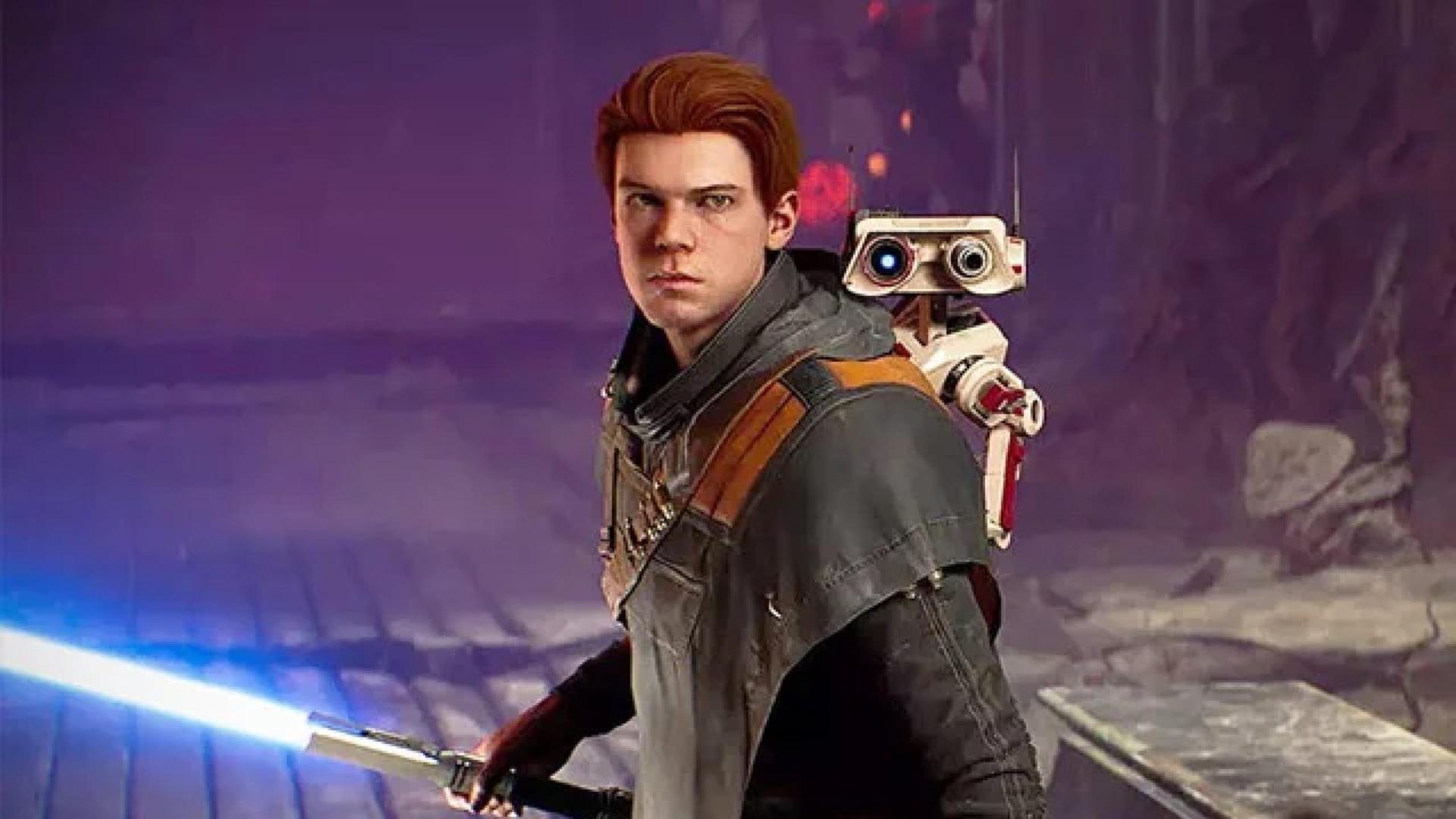
And now we reach Star Wars Jedi: Fallen Order, a game that some outlets named their game of the year and that ranks extremely highly on my favorite games of all time list. For my money, it’s the best Star Wars game ever made, even beating out the classics of Star Wars Battlefront II (2005) and Star Wars: Knights of the Old Republic. Centering around an incredibly well mocapped Cameron Monaghan, it’s all about a Jedi youngling that managed to survive Order 66 (turns out the Emperor was real bad about making sure Vader had actually done his job) and his return to the Jedi way. Of course, the reason it grabbed me so deeply is that the lightsaber combat feels incredible. It may be cliché to compare it to such games as Sekiro: Shadows Die Twice, a game that released within the same year, but it’s an apt comparison. Fallen Order makes it so that you feel every single swing of your saber, every single clash being brilliantly responsive. If you’re playing the game on PS5 with the DualSense, you feel that even more so, and actual duels between Sith and Jedi are some of the best-feeling boss battles I’ve ever had the pleasure to play in a video game.
Does the game fall short in certain other aspects? Yeah, of course. While it incorporates the standard force powers such as Force Push/Force Pull, the rest of the powers feel rather lacking. You can slow down time, allowing you to run in and cut your enemies down in their frozen state, but other than that, there’s never really any reason to use the Force unless you’re hit with the standard third-person environmental puzzle, a la Uncharted. I’d love for a sequel to bring in new Force powers (I’m aware that the collection of Force powers for Jedi isn’t exactly the best, but there’s a decent amount more than just moving things with your mind) and incorporate them within combat encounters. You could use a Jedi Mind Trick on an enemy, which allows them to solve puzzles outside of your reach, and you could take on combat encounters using them.
I hope that Star Wars Jedi: Fallen Order 2 (or whatever it ends up being titled) improves upon the already excellent system that the first gave us and incorporates Force powers more into the duel system. The original Fallen Order is one of the greatest games of 2019, and easily one of the best Star Wars games ever made, so I have utmost faith in this team to give us exactly what we want to see going forward.
Have a tip, or want to point out something we missed? Leave a Comment or e-mail us at tips@techraptor.net
